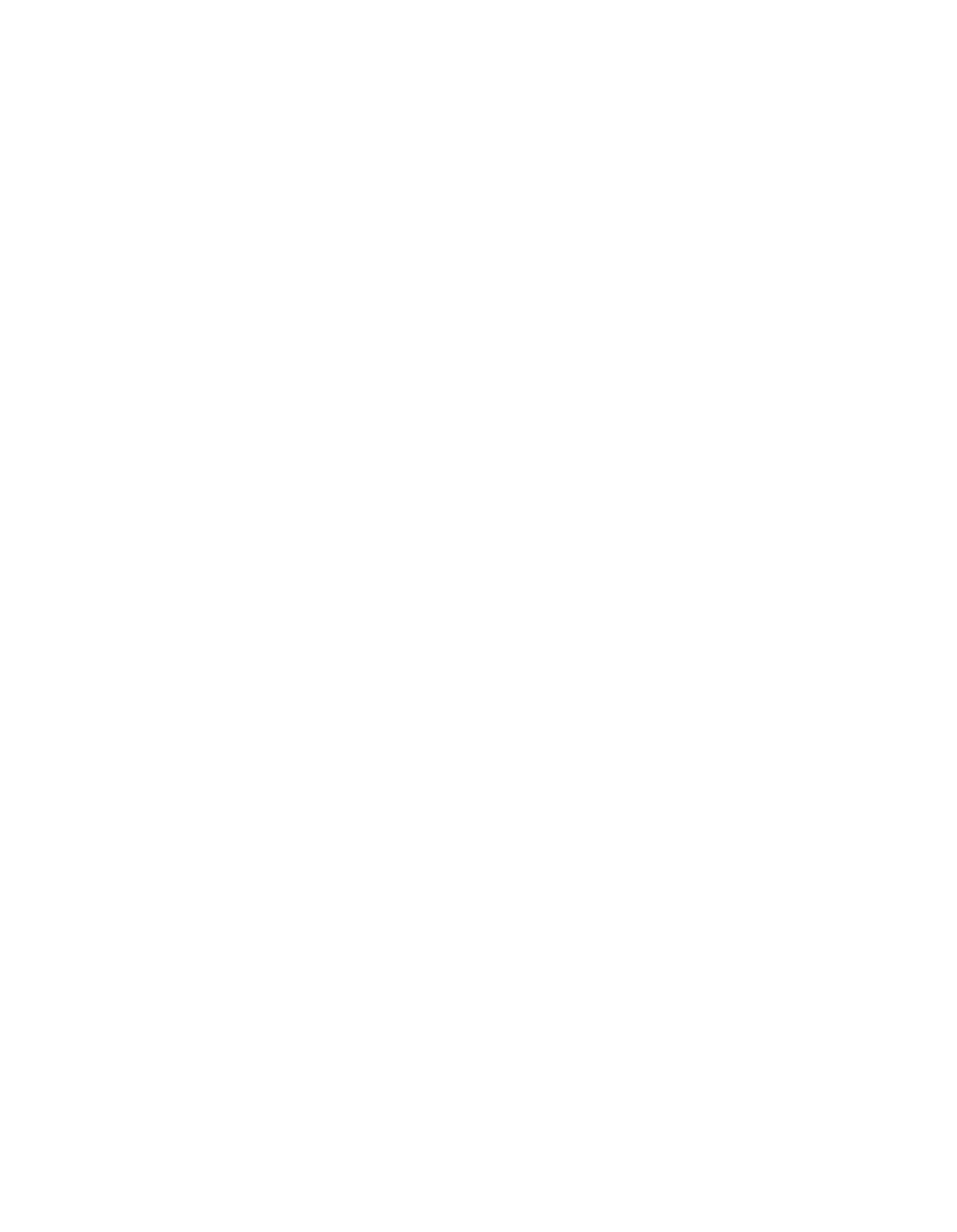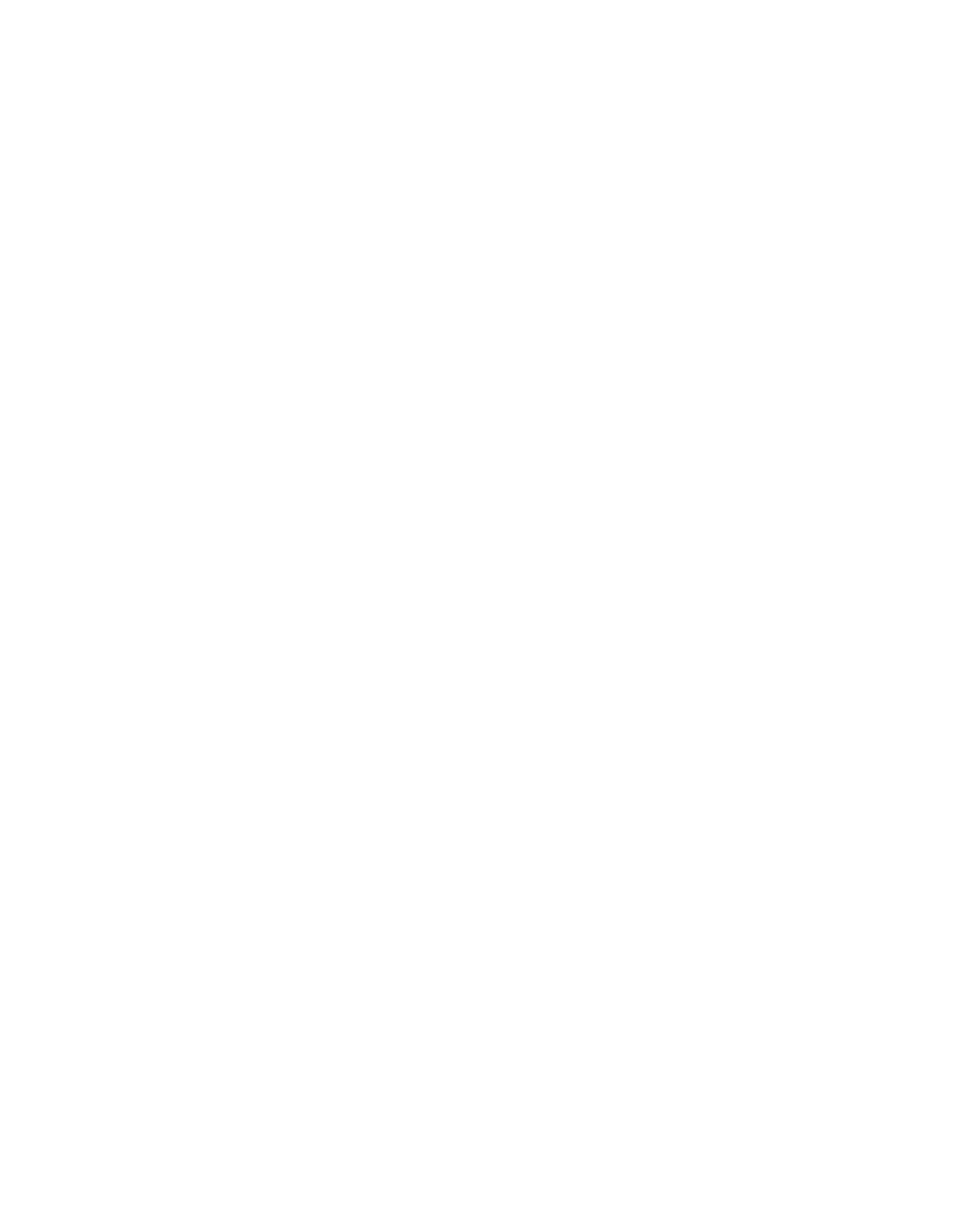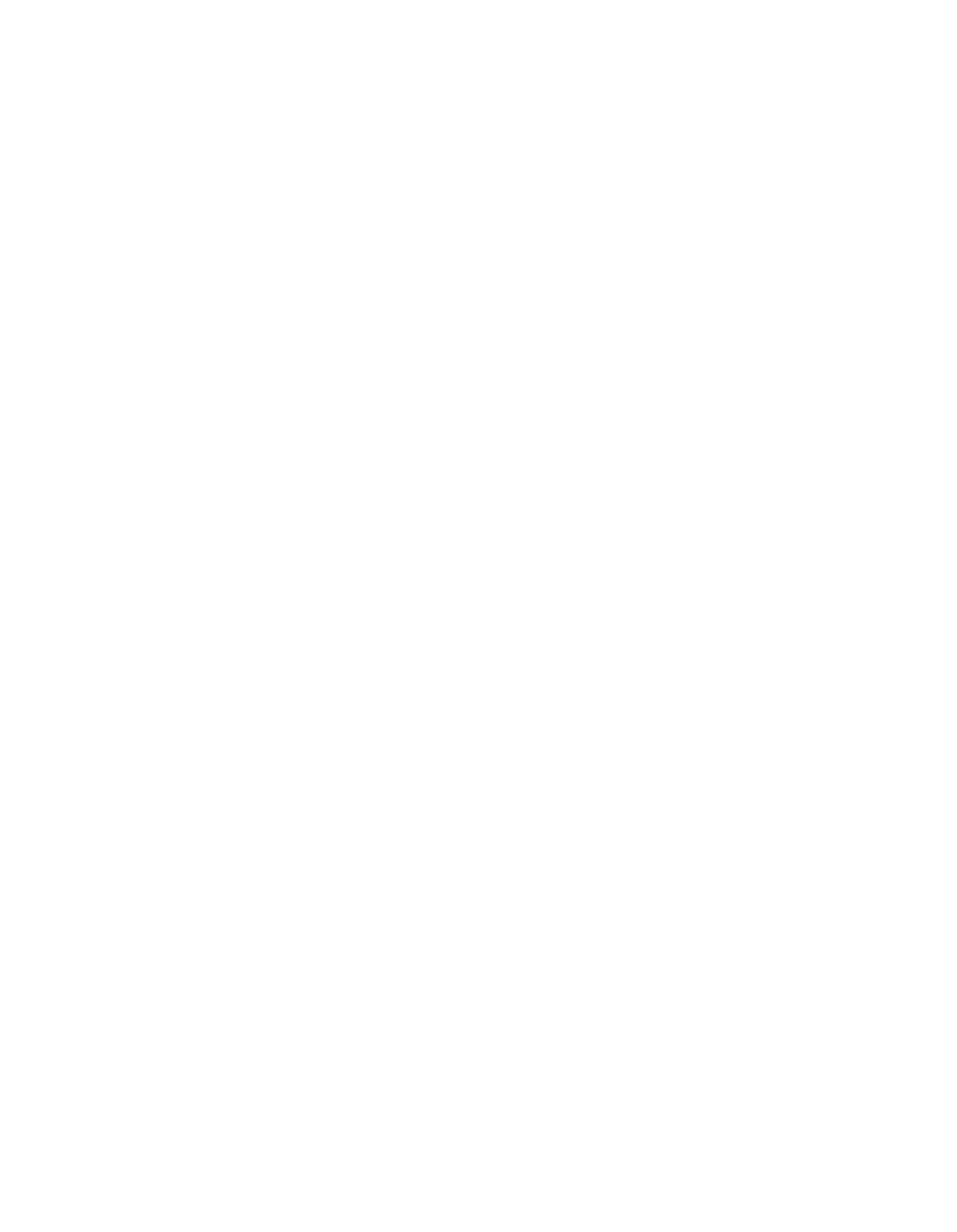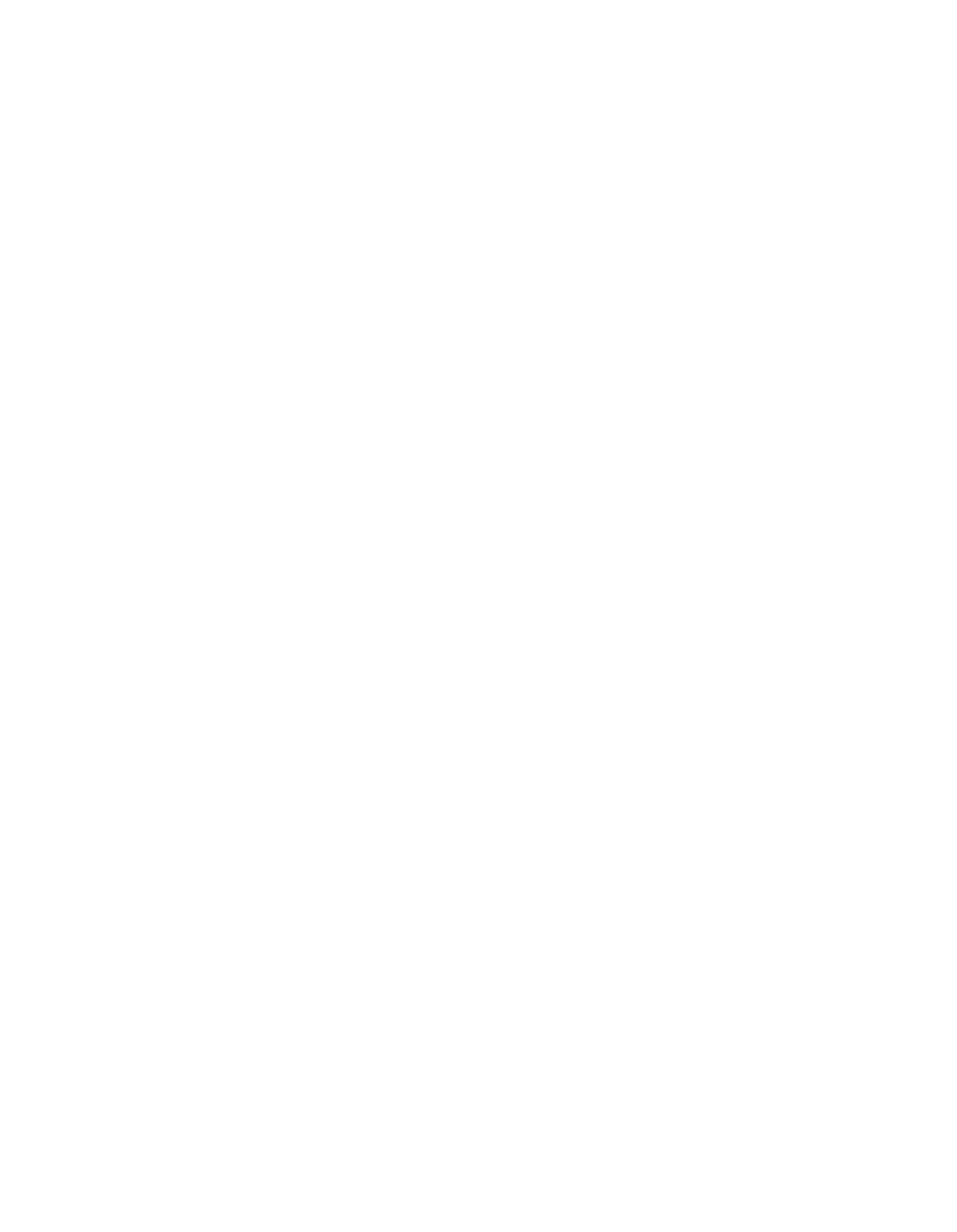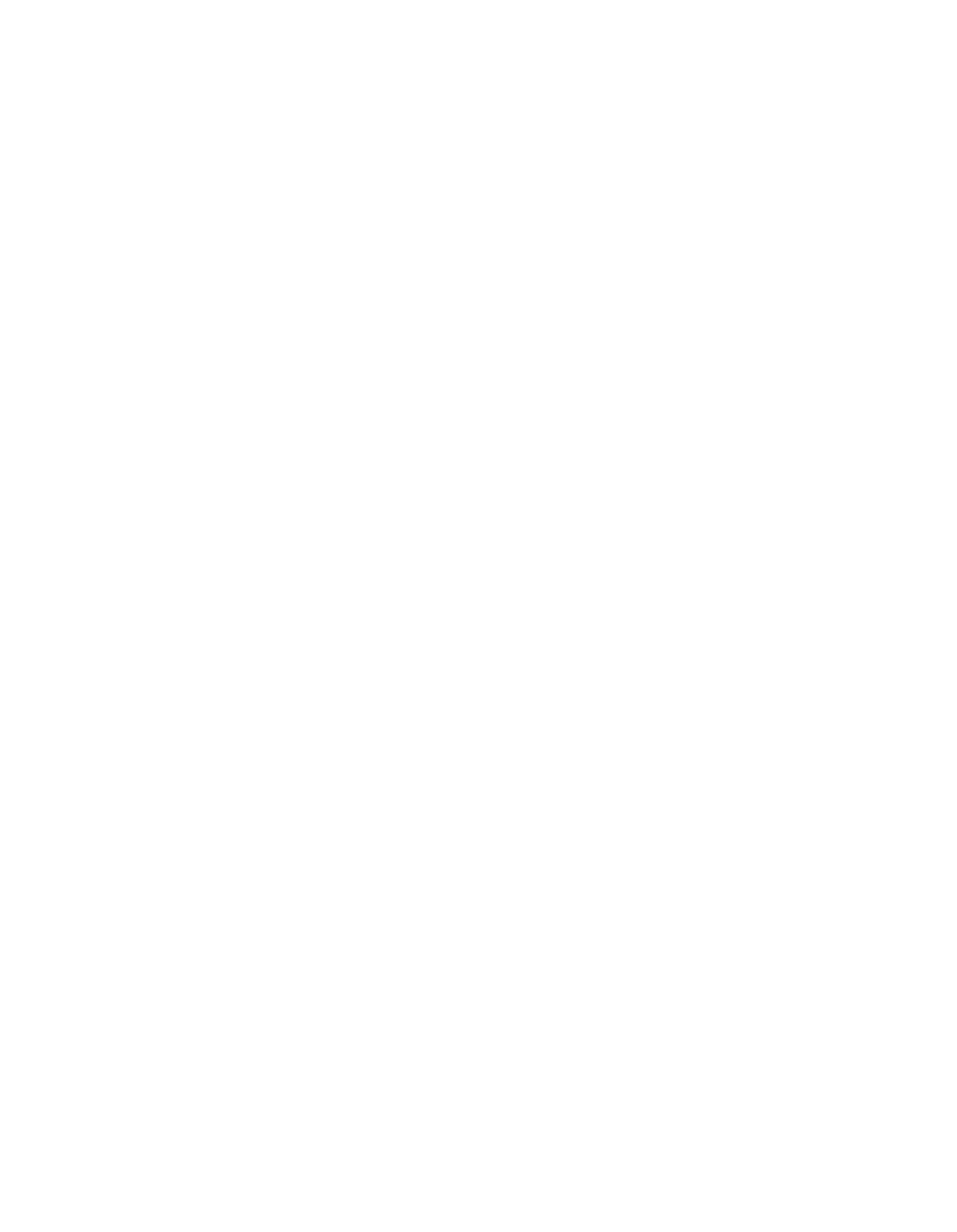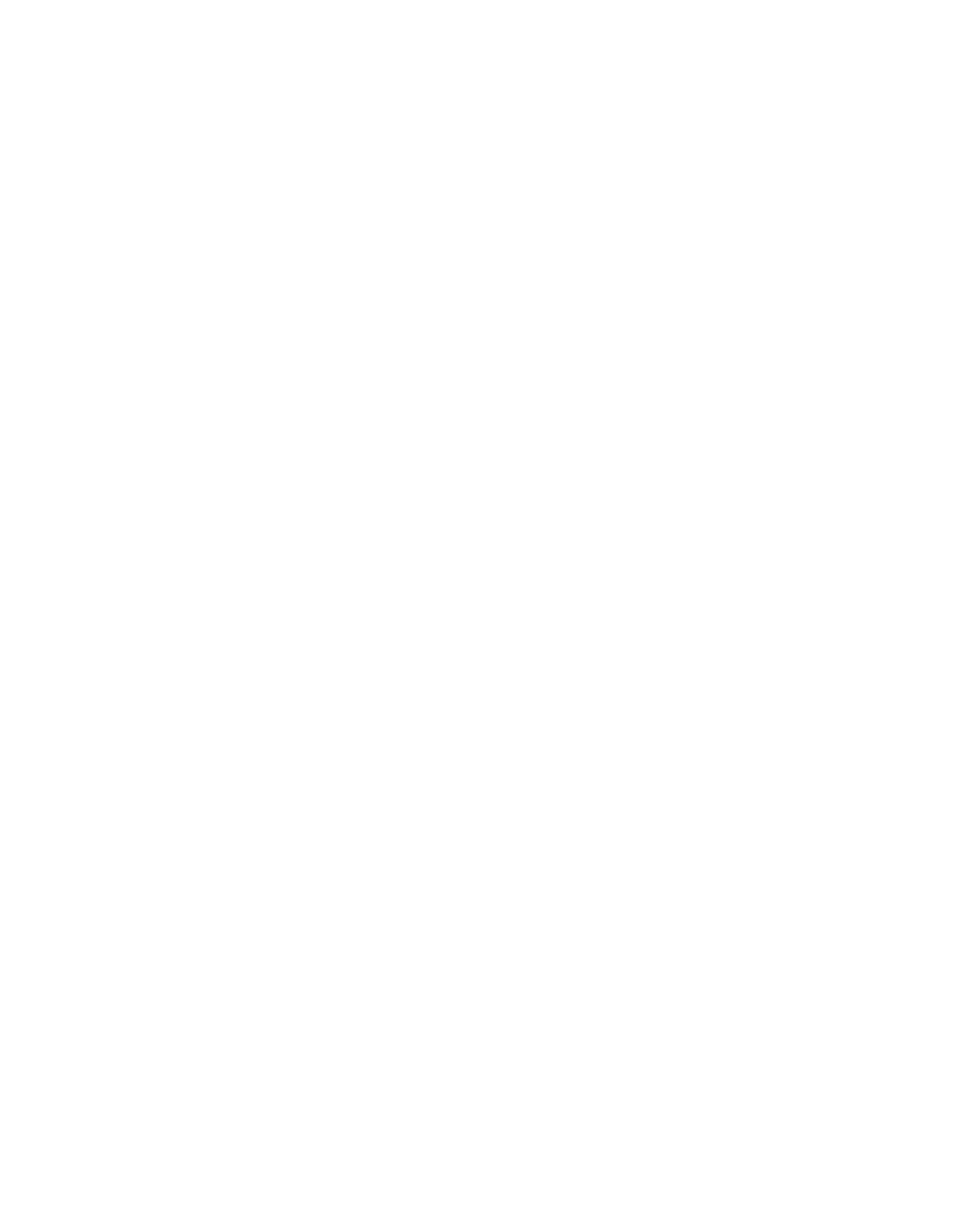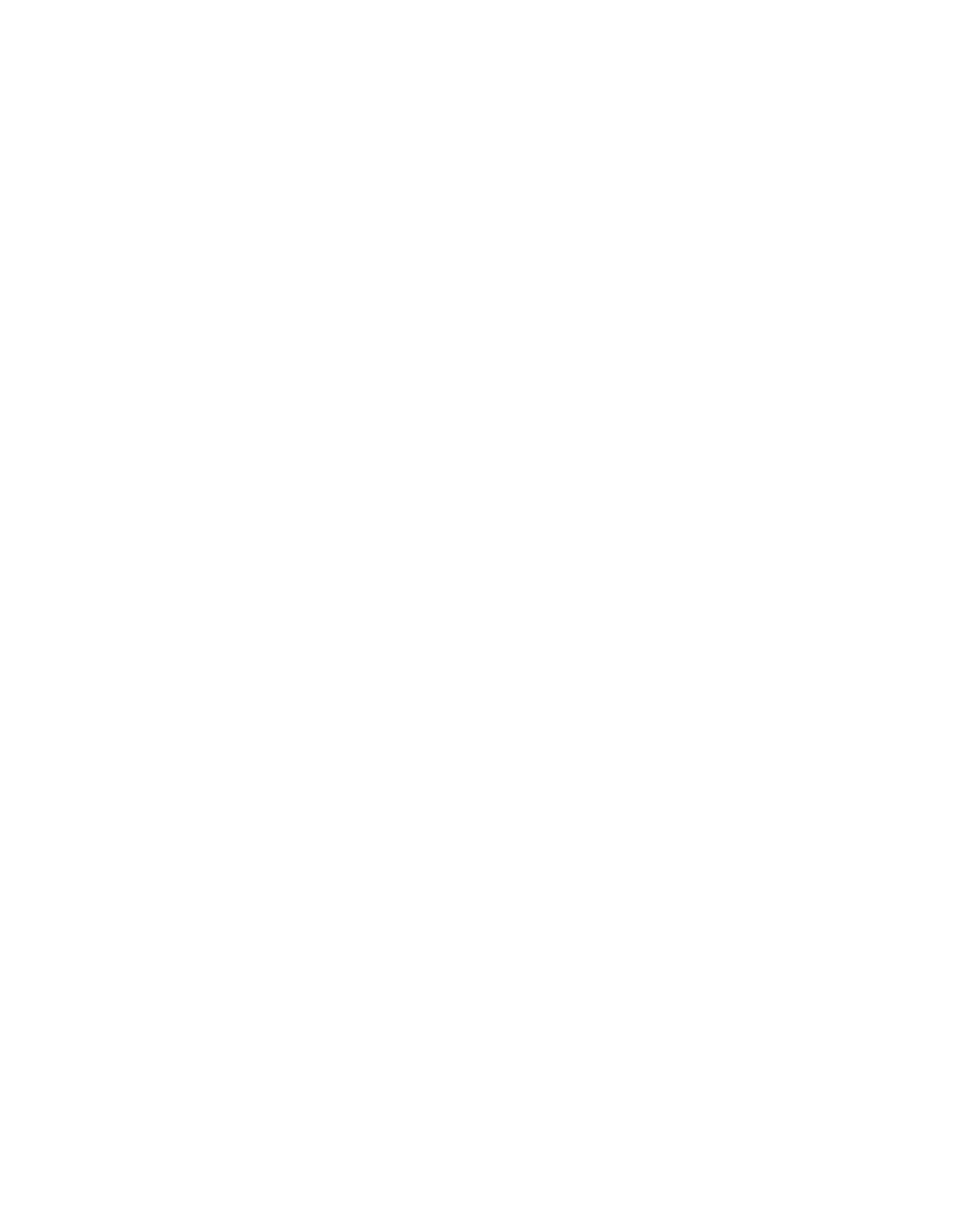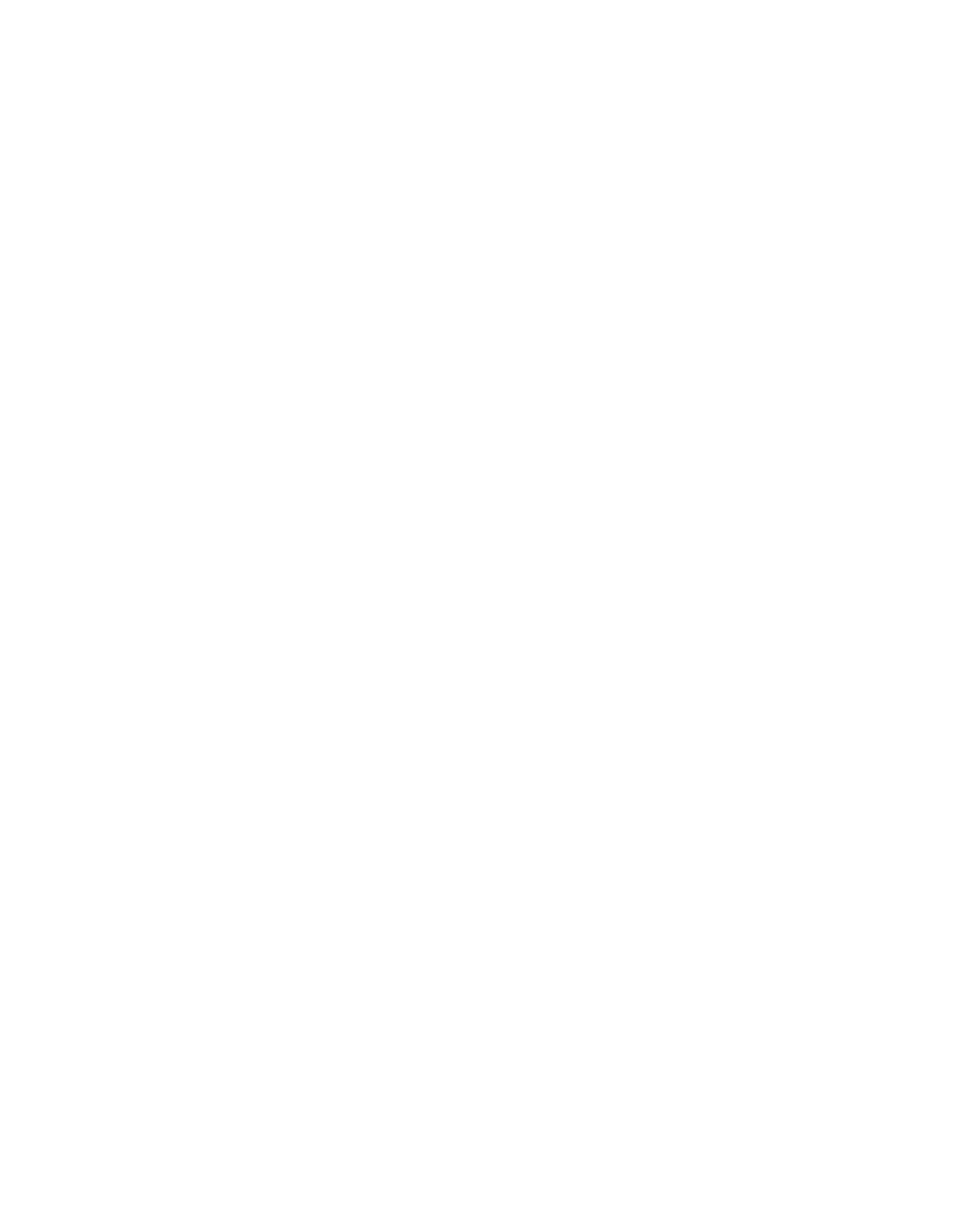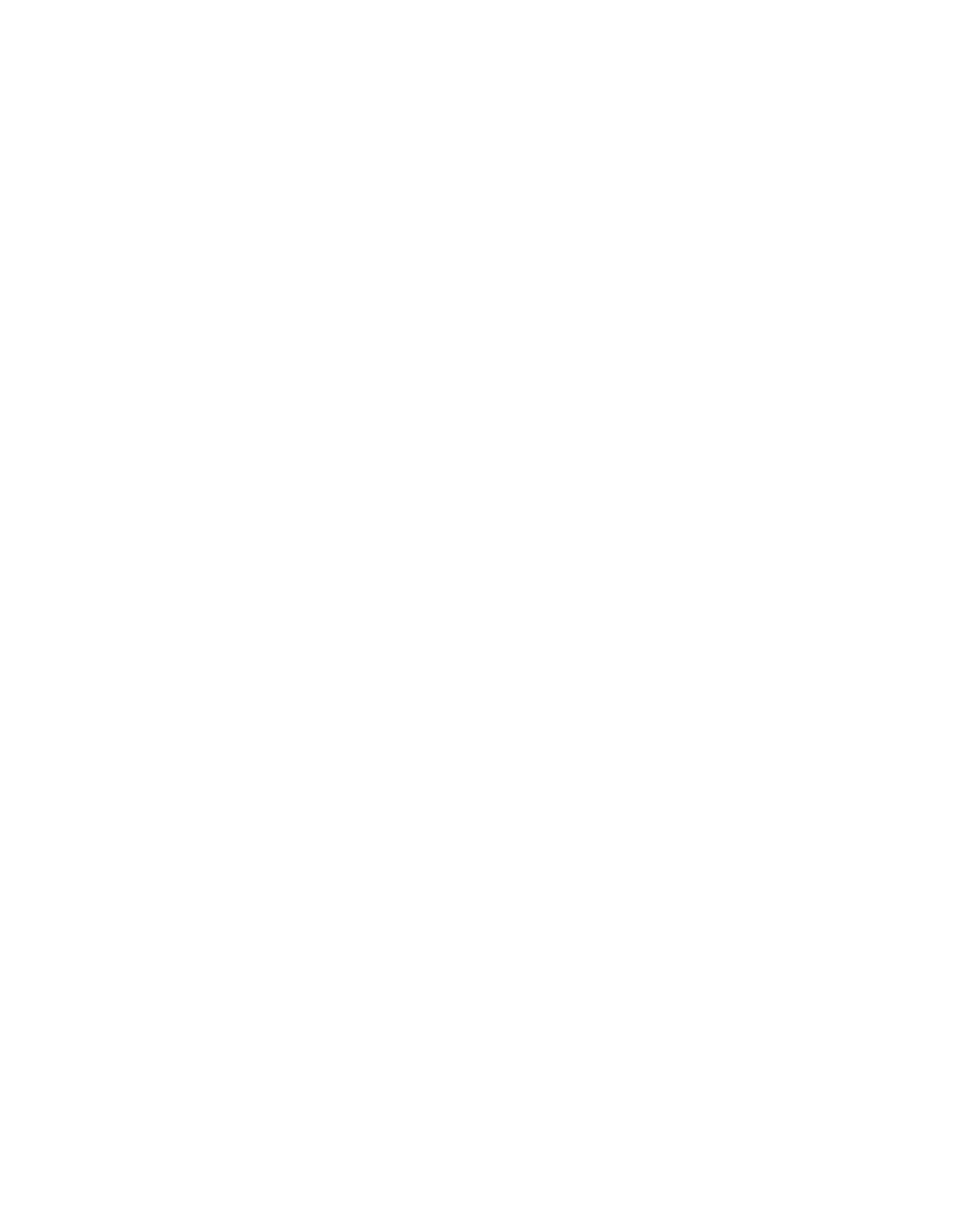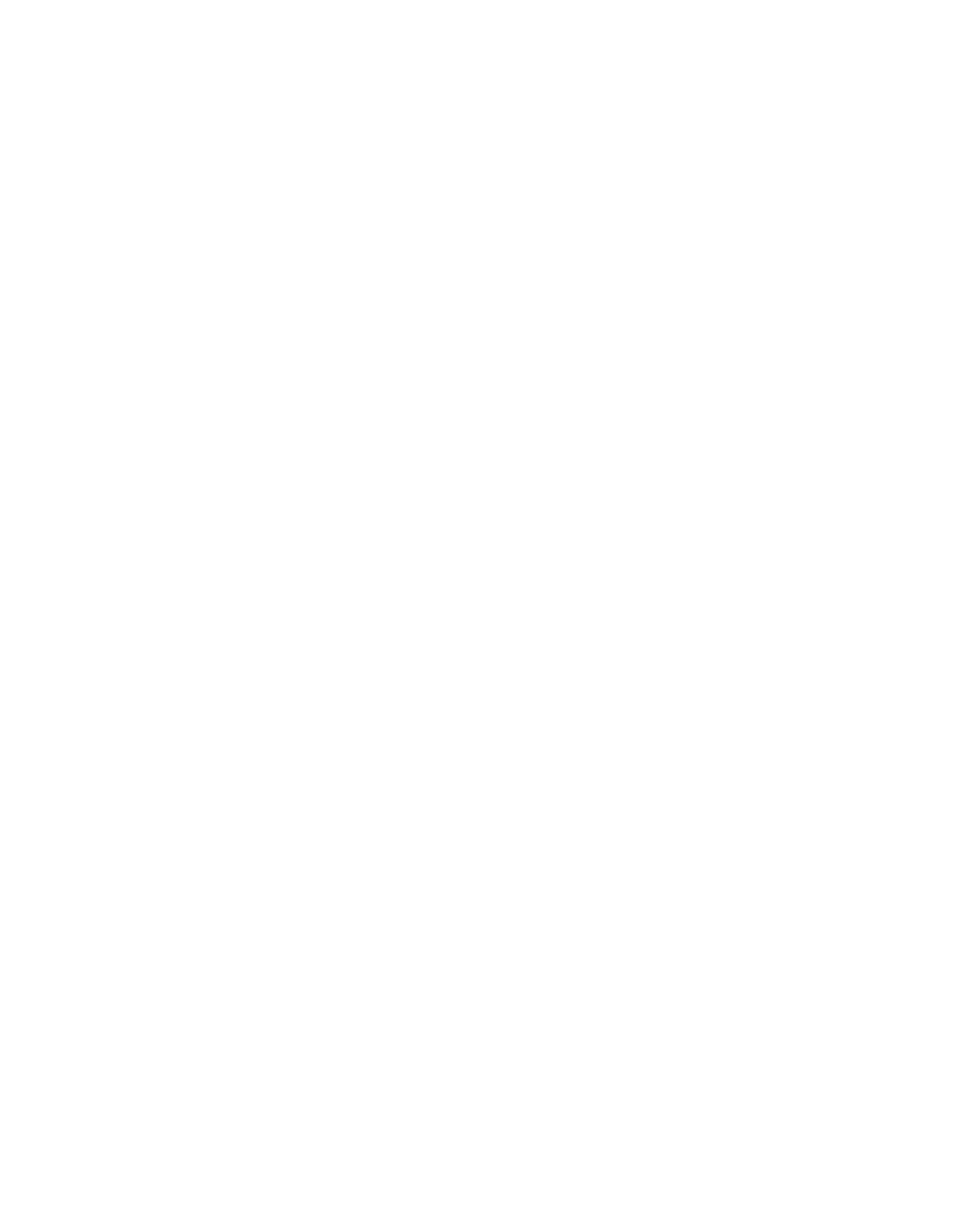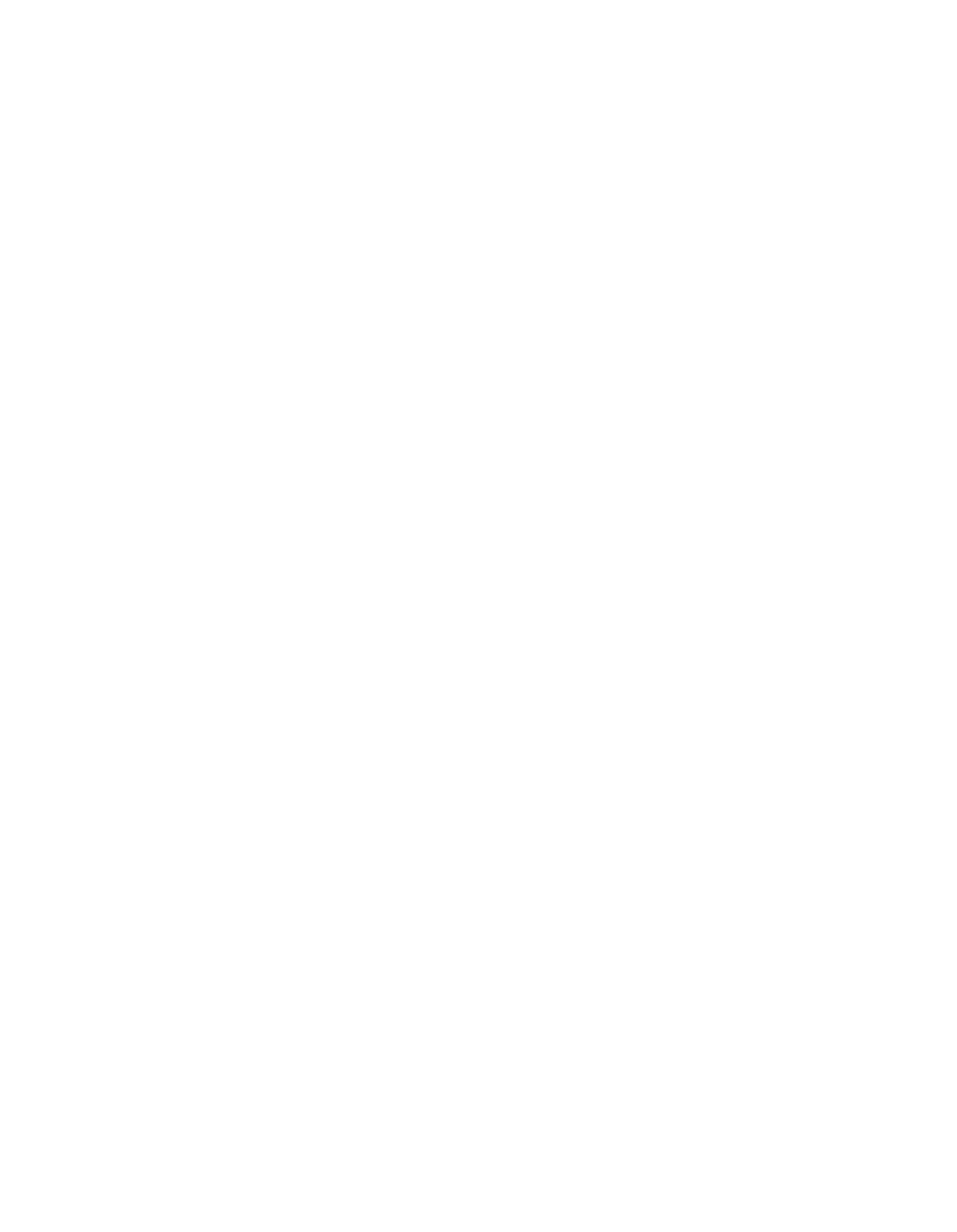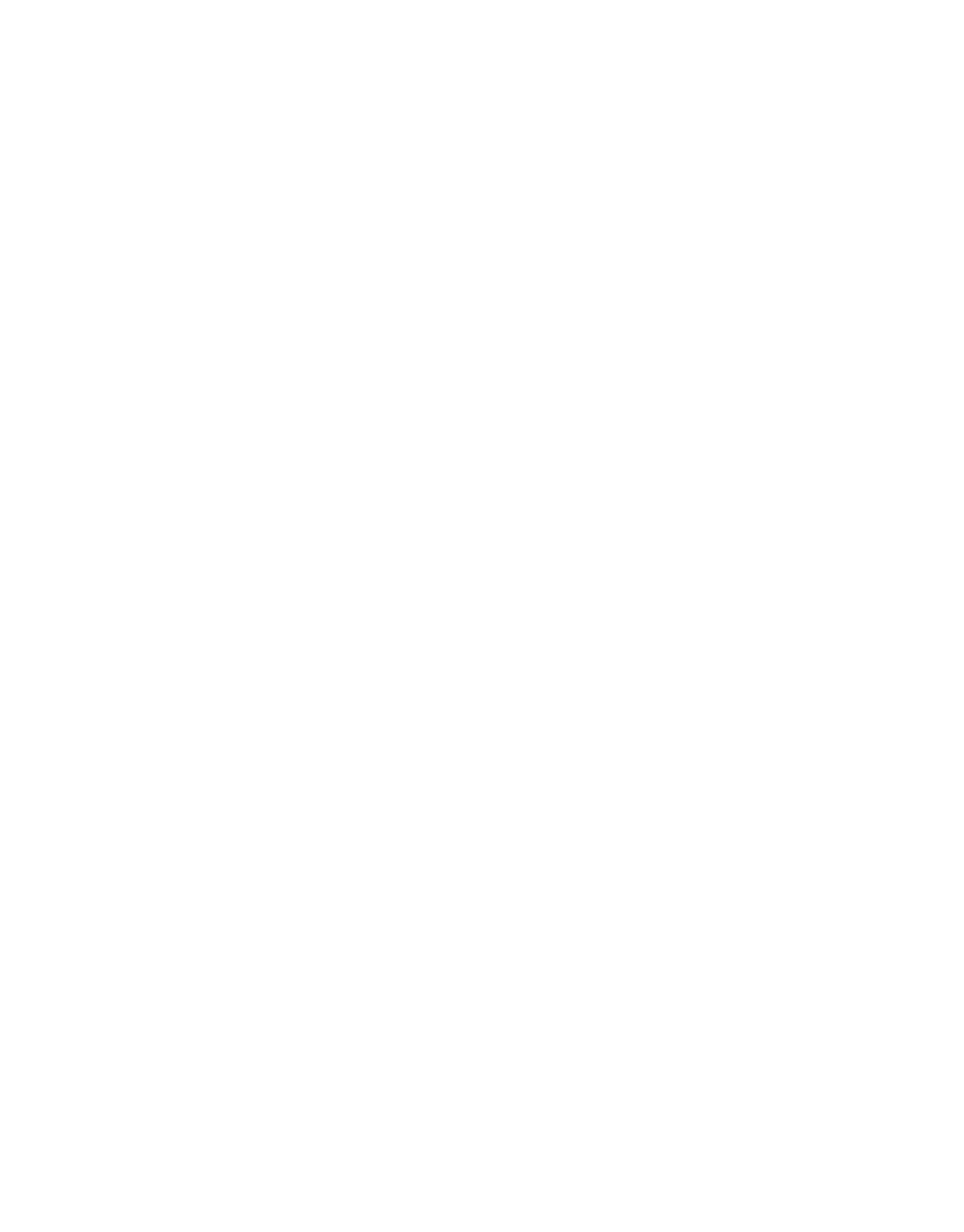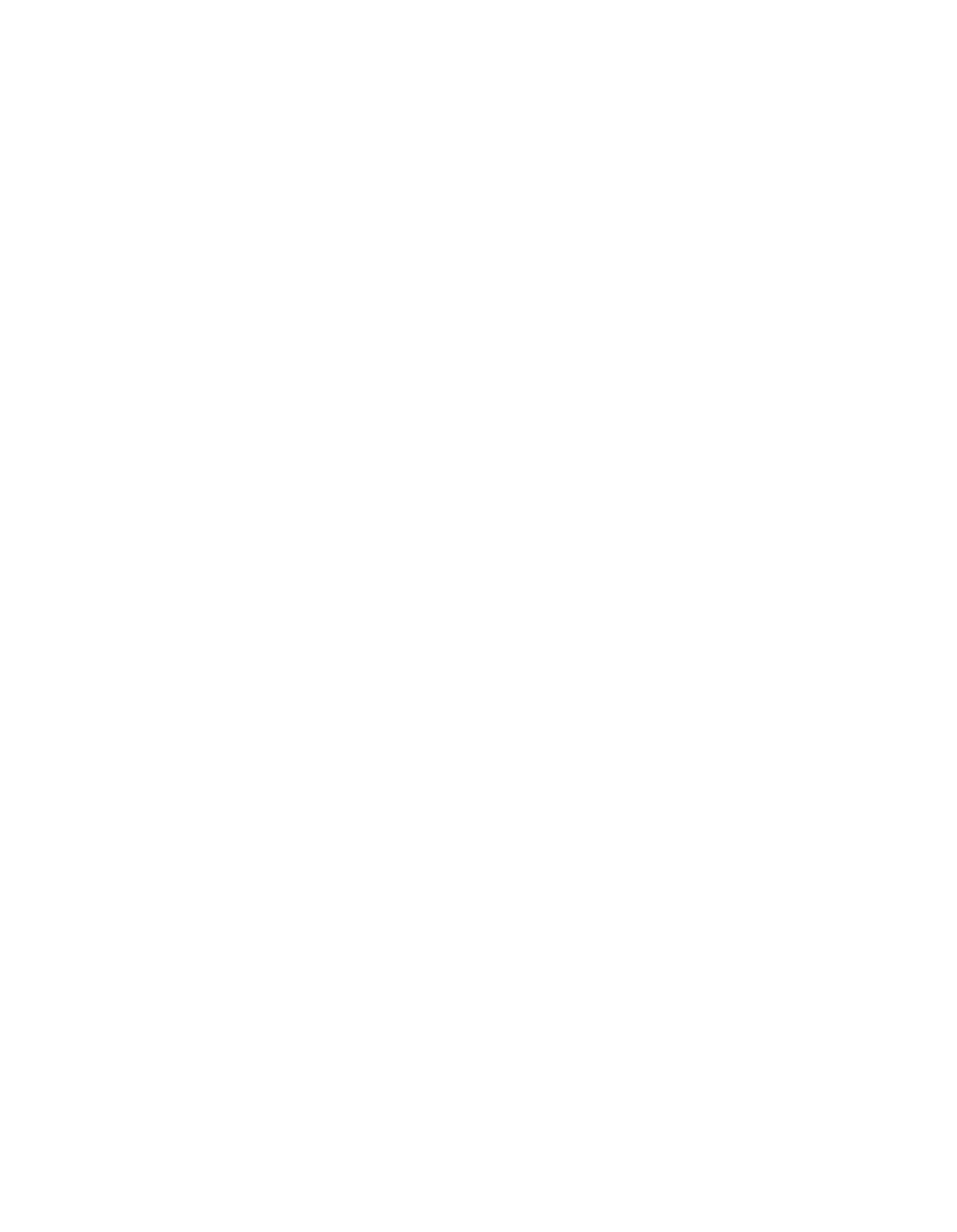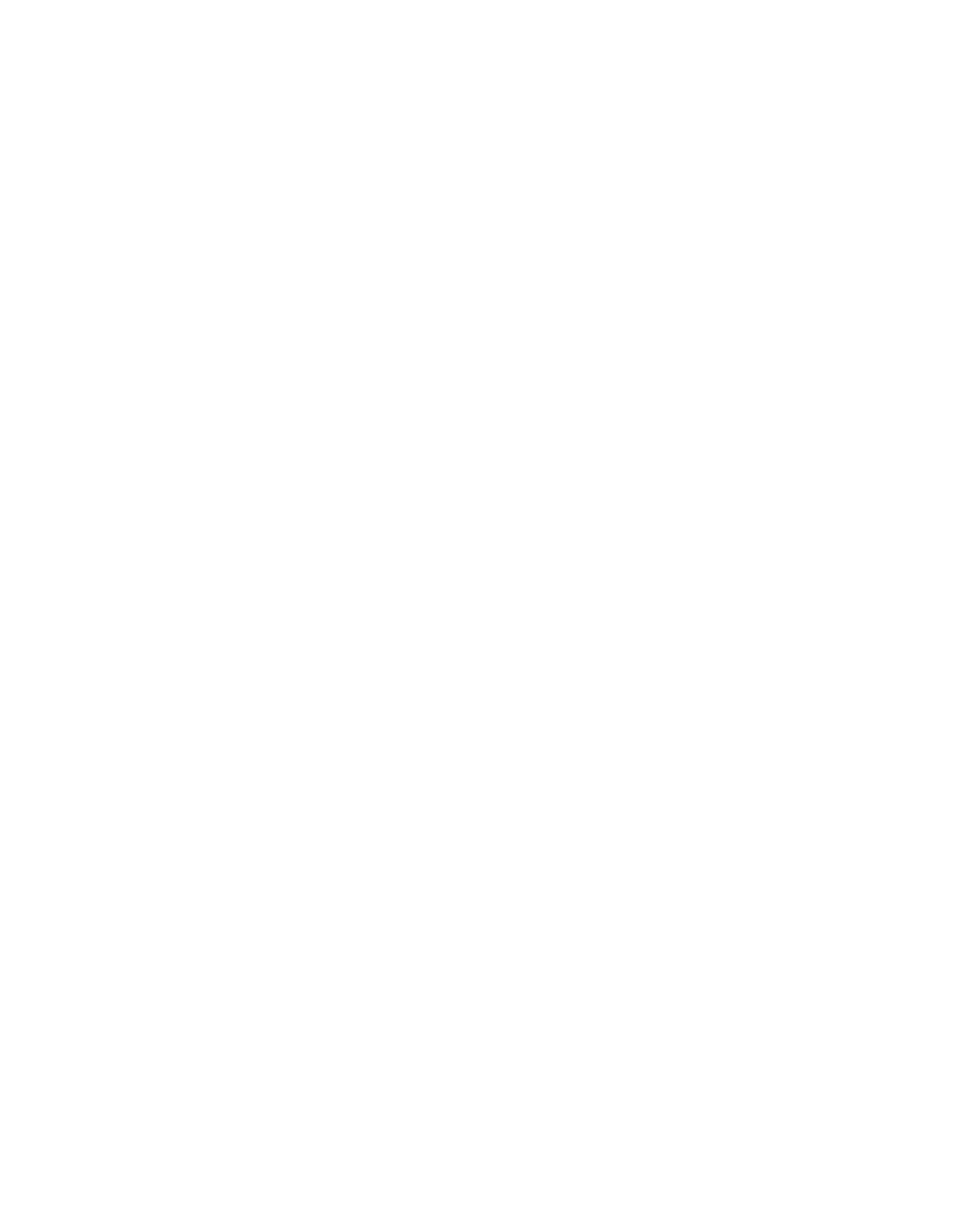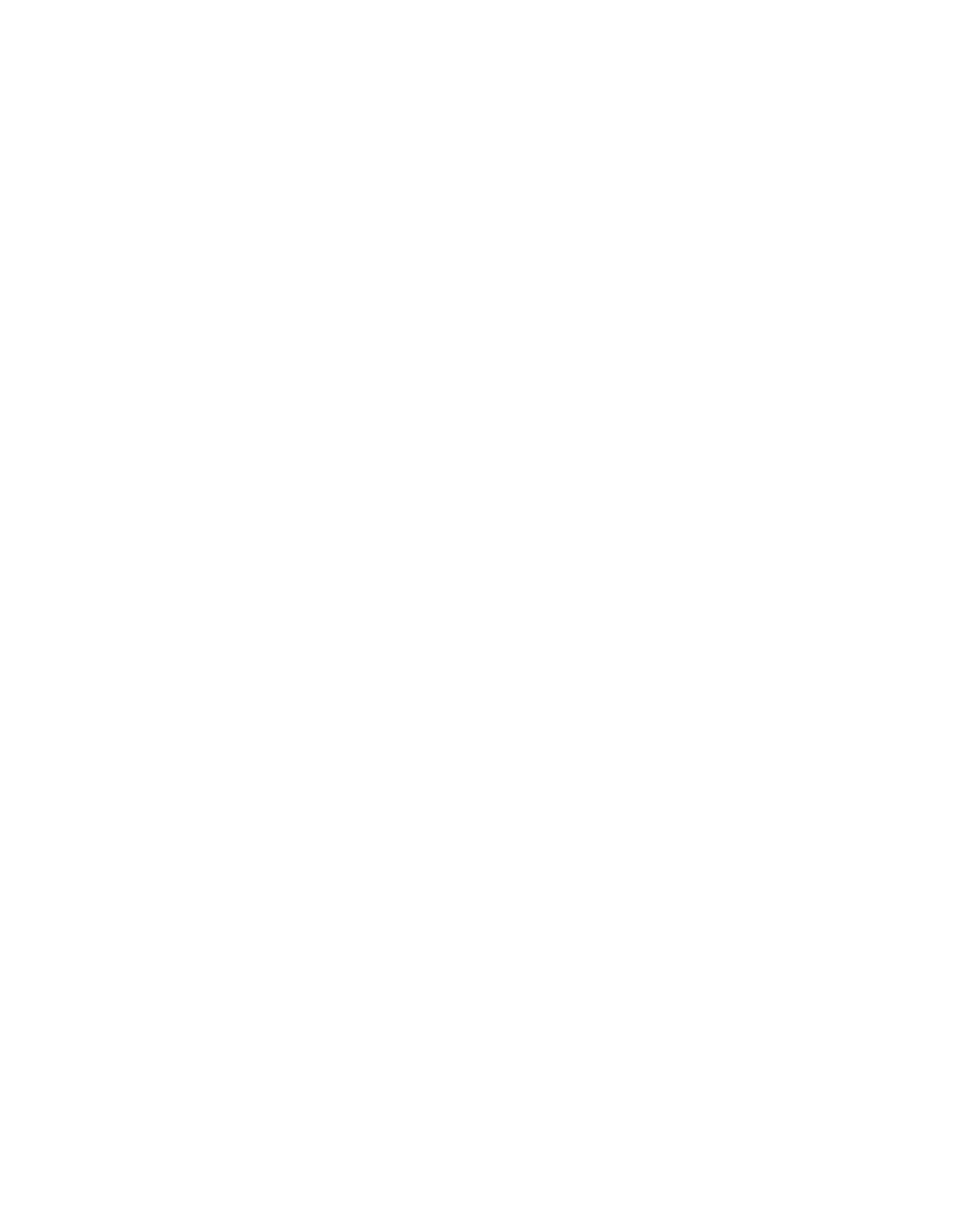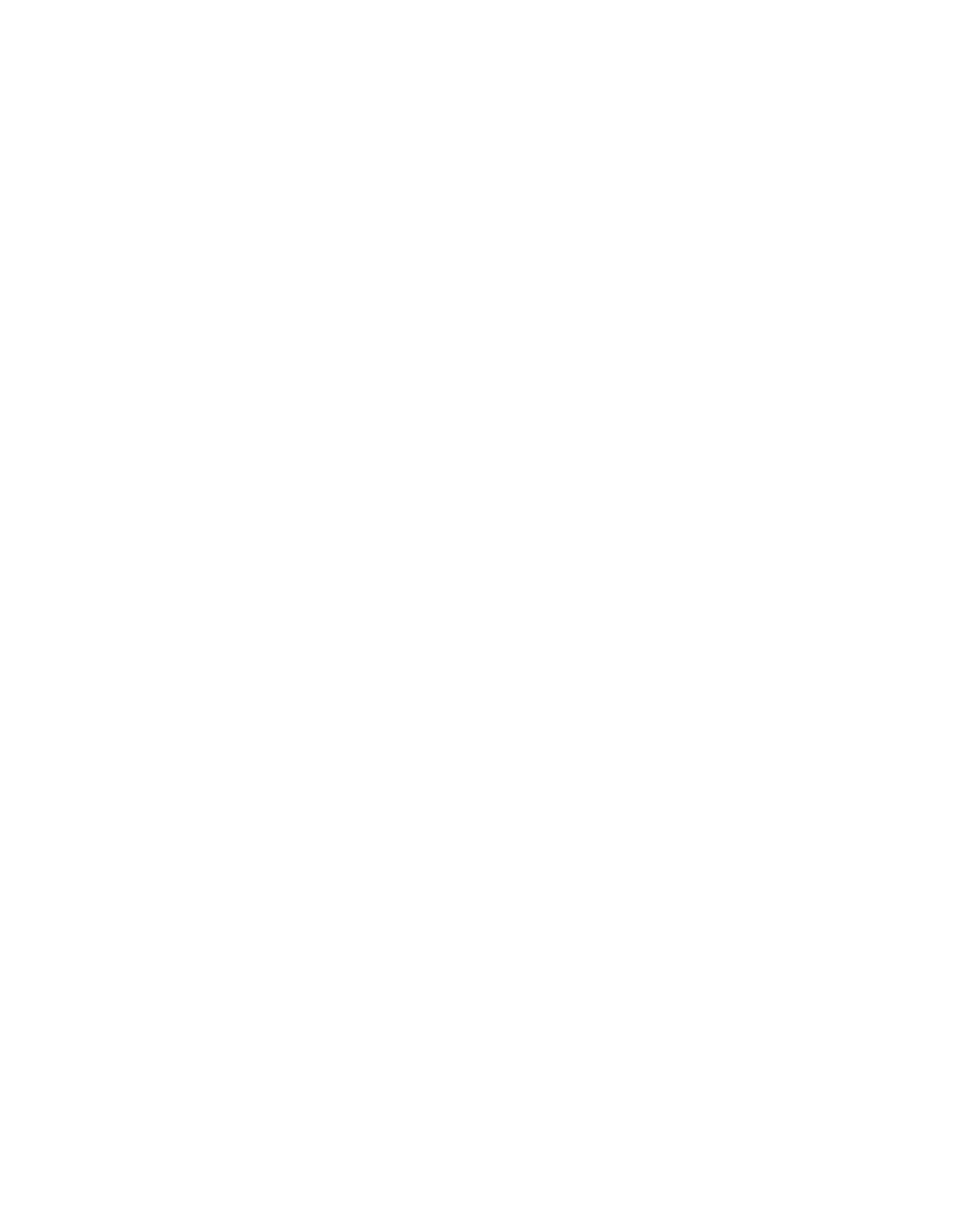ILLINOIS POLLUTION CONTROL
BOARD
November
7,
1985
IN THE
MATTER
OF:
)
)
GENERAL
MOTORS
CORP.
)
PROPOSED
AMENDMENTS
)
R83—7
TO
35
ILL.
ADM.
CODE
)
900.103
AND
901.104
)
PROPOSED RULE.
FIRST NOTICE.
PROPOSED OPINION
AND
ORDER OF
THE
BOARD (by
7. Anderson):
!rocec3ural
History
This
matter
comes
before
the
Board
on
the
p&tition
for
change
of
the Board’s noise regulations, filed by General Motors
Corporation
(GM)
February
24,
1983
as
amended
April
13,
1984.
In
summary, GM proposes amendments to 35
Ill.
Mm.
Code
900.103(b)
‘Measurement Procedures’ applicable to Part 901 to require use of
one hour
Leg
averaging in determining compliance with the
regulations (except for blasting noise), as well as correction of
measurements for ambient noise,
and
amendment to 35 Ill. Mm.
Code 901.104 ‘Impulsive Sound’ by deletion of the required
measurement by ‘fast dynamic characteristic’
in conformance with
the proposed amendment to Section 900.103(b).*
GM’s assertion is
that these amendments are necessary to insure correct
implementation of the Board’s intention in adopting the original
noise regulations that sound measurements used to assess
compliance be ‘in substantial conformity with standards
established by the American National Standards Institute, Inc.
(ANSI)’,
See
R72—2, In The Matter Of: Noise Pollution Control
Re ulations, Order of July 23, 1973, Opinion of July
31,
1471, p.
Merit hearings were held on this proposal on June
22,
and
November 22—23, 1983, at which some economic data were
presented.
No separate economic impact hearings have been held,
given the determination of the Department of Energy and Natural
Resources (DENR) that:
*This Opinion refers to the rules as renumbered upon
codification; the record in part refers to the old rule
numbers.
The initial proposal referred to the applicable rules
prior
to codification, then numbered as Rules 103 and 206 of the
Chapter 8: Noise Regulations.
Prior to codification, Rule 206
‘Impulsive Sound’ was renumbered to Rule 205 in R76—l4, and upon
codification was renumbered to Section 901.104.
Old Rule 103 was
codified as 901.103.
66.355
“While
it
may
be
possible
to quantify some
of
the
costs
and
benefits
of R83~7, such
a study would be
costly
and
would
probably
not
contribute
much
beyond
what
has
already
been
entered
into
the
record.
Therefore,
the
following
criterion
specified
in Section
IV(d)
of PA 83~468 applies
in
this matter:
The
cost
of
making
a
formal
study
is
economically unreasonable
in
relation
to
the
value of
the study to
the Board in determining
the
adverse
economic
impact
of
the
reg u .1at ion.
(DENR Letter
of l2~23~83;see also DENR Letter
of 3—12—
84,)
Post—hearing comments were filed
by GM on April
13 and June
15,
1984,
and
by the Illinois Environmental Protection Agency
(Agency)
on May
3,
1984.
GM,
the Agency,
and DENR were
the only
active participants
in this proceeding.
Testimony on GM’s behalf
was presented by Richard
R. James,
former Vice President of Total
Environmental Systems,
Inc.
(TES),
a noise consulting
firm; James
H.
Pyne, GM Staff Engineer
in Plant Engineering
and Development,
Advanced Product and Manufacturing Staff, who
is
responsible for
overseeing and directing GM~sNoise Control Program;
Roy
F.
Larson,
Environmental Coordinator at the GM Central Foundry
in
Danville; and hoodford Van Tifflin, Supervisor
of Engineering
in
Plant Engineering Programs, GM Central Office.
Limited
testimony
in response
to Board questions was given on behalf of
the agency
by Major Hearn,Jr.
F actu~
GM~sIllinois operations
include
a gray
iron
foundry
located
partially
in Danville and partially in Tilton,
a
Fisher
Body
plant
in Willow Springs which fabricates
and assembles automobile
bodies,
and two Electro—Motive plants:
Plant #1
in La Grange,
which fabricates
and assembles diesel—electric
powered
railroad
locomotives, power generating units
for petroleum drilling rigs,
and diesel
power sources
for various applications, and Plant #2
in Chicago,
which primarily fabricates and welds primary engine
and
electric motor components.
Data from noise surveys at
the
Danville plant were those primarily used
to exemplify GM’s
concerns with
the wording and implementation of
the existing
rules,
although some data from the other plants was also
discussed.
The Agency began an investigation of noise emissions
at GM’s
Danville facility in 1978,
as
a result of
a complaint in
February,
1978
from a Tilton resident, Mr. Wayne
H.
Powers,
who
complained of a Nhigh pitch
tone sounding
like very large
electric motors~
As
a follow—up to
the complaint
the Agency
contacted
eight
other
residents,
5
of
whom
shared Mr.
Powers’
complaint.
See Agency
Comments
of 5~3~84,p~6
and Attach.
3—4.
The record of Agency monitoring activities
at Danville shows
that there were
at
least
seven
field
trips
to acquire data.
Measurements were taken pursuant to
the
criteria
adopted
by
the
Agency pursuant
to
Section
900~l03(h)
on
February
8,
1980
(Exh.
C).
The
first trip
was
on
May
17,
:1978,
and
the most recent was
on
January
29~ 1981.
Exhibit
“2”
summarizes
the
first
six
trips,
which
covers
eight
tests~
The
ninth
test
~as
on
January
29,
1981.
Exhibit
“2”
shows
each
of
the
tost
dates,
the
time
spent
by
the
Agency
r~rif
on
sits
the
type
of
analyzer
used,
the
total
sample
length
~i~rriod
of
observation),
range
of
levels
(or
•taverag&I
lev?.
1;
in
the
160
Hz
1/3
octave
band,
and
the
delta
(or
range
of
delta:;
used
to
define
the
presence
of
a
prominent
discrete
tone~
The
January
29,
1981,
test
was
conducted
between
the hours of l.~30a.m~and 1:30 p.m.
Visual
observations
of
levels were
ma2~with
a
13&N
2209
SLM
and
1/3
octave filter
set.
The
data
was
airo
tape
recorded
for
subsequent
analysis.
This
analysis
consised
of
3
sample
periods
covering
116
seconds
of
data
from
the
B&K
2131,
which was set to
an
averaging
time
of
one
second.
The range
of
levels
in
the
160
Hz
1/3
octave
band
was
62
to 66 dB, with
the
deltas
ranging from 7
to
14
dB.
Data
collection
and
analysis
followed
one
of
two methods.
Exhibit
“L”
shows
the
method
used
by
the
Agency
for
each
test,
by
referring
to
“Filter
and
5Th
(Fast
or
Siow),~’
or
“Taped
B&K
2131.”
The
first
method
involved
visual
reading
of
the sound
level
in
each
1/3 octave band directly
from
the
readout meter
of
the
B&K
2209
sound
level
meter,
eouipped
with
a
B&K
1616
1/3
octave
band
filter
sets
No
record
was
provided
of
the
period
of
observation
or
methodology
used
to
determine
the
reported
levels.
The
second
method
involved
tape
recording
the
community
noise
at
the
test
sites~
This
recording
was
subsequently
analyzed
at
an Agency laboratory.
The
typical
analysis
procedure,
as
described
on
page
5
of
the
Agency~s Noise
Survey
Report.,
is
shown
in
Exhibit
“M.”
It
documents
the
Aqency
s
data
collection
and
analysis
procedures
~or
the
testing
conducted
on
July
19,
1979,
as
follows:
“The
data
was
accumulated
using
the
Nagra
IV—
SJ
taperecorder
and
magnetic
tape
at
7.5
inches
ocr
second
tape
speed
on
fast
channel
#1.
The
data
was
analyzed
by
playback
of
the
magnetic
tape
on
the
same
recorder
(Nagra IV—
SJ)
at
the
same
speed
(7~5 ips)
into
the Bruel
and
Kjaer
model
2:1,31
Digital
Frequency
third—
octave
analyzers
The
2131
supplies
the
information
to
tbe
Hewlett
Packard
9825A
calculator.
The
calculator
has
been
programmed
to
accept
the
information
and
apply
all
co~section
lactor.~
except:
those
necessary
due
hr
ambient
522
a
and
~rint
rhe
corrected
data
:
3
o taves
and
summed
octave
bands.
The
HP
id
‘P
or~ntouts are
included
in
this
report
3~ve.a1 averaging
times were used on
the
noice
sour’e
The
important fact is that
over
a
2
second
averaging
time
the prominent
discrete
tore
is
still
present.
Thereby
indica~ing,
tha
pure
tone can be characterized
as cor~~~r~lypresent.”
Two differc~t avrLaging times were used.
Three
sets of data
samples were ead
averaced
for one second,
and one set of data
was averaged
r2
~co
d
period.
The
32—second sample was
in
compliance
x
Loth
Rules
202
and
207.
The physi
o cc
environment
is
complex.
In
addition
to
noise producec
P
I~ere
are noise emissions
from
motor
vehicles
on
I~
ich
at
that
point
has
a
major
on—off ramp and
is elevated
on
1:
h berm
as well as
in—town traffic,
and noise
emissions
from
ra
ad
lines
and one switchyard
located
to
the
east
and
so
I
The source of
mm.
Iiç,I
pitch
tone” was determined
to
be
the
cupola fume
control
‘vstems at stacks
1,
2
&
3.
The schematic.
provided as Exhibit ~
shows
the 2000
HP fan which
draws cupola
emissions
through
the
scrubbers,
The
fundamental
tone of this
~an is related
to
the fan
RPM
and
the number of
fan
blades.
For
this
fan,
which
is
used
on
all
three stacks,
this tone
is
at 158
Hz.
In response to dscmsions with the Agency
in
1978,
GM
installed on an expe:
i
r
a
basis
a corrosion—resistant
Industrial
Acou.
ic
ai
cncer
in
the
No,
2
cupola.
This
did
not
correct
the
vio
atio~
noted
by the Agency and
completely
disintegrated
in
c
a
act
within
14
months
after
installation.
Testimony
of N.
‘a
~fl
r,
p..
6,
and
Exh.
E.
According to the
Agency,
(comments
~
“several”,
unspecified
operational
changes
were
also
n
‘ceasfully
implemented.
On
May
23,
1980,
the
Agency
issued
a
~Notice
of
Enforcement”
(Exh.
E)
alleging
violations
of
Then
:1cc
01, 202,
and
207
concerning
noise
nuisance,
emissi
n
or
~o
nds
from
Class
C
to
Class
A
land,
and
?rominent
discre
r.
r
ca
No
enforcement
action
has
ever
been
brought
before
the
B
ard~
This
does
not
reflect
Agency
judgment
that
any
problem
has
been
solved,
but
instead
reflects
the
severe
cutback
in
the
Agency
a
Noise
Control Staff
which
is
the
result
of
the
demise
of
ne
lederal
Noise Program and
its
funding
for
state
enforcement efforts,
See Agency Comments,
p.
13—19.
The
Agency
has
“pressed”
for
installation
by GM of
stack silencers
(Id.
p.
7),
GM has investigated tais option, and believes that stainless
steel
silencers
prdiced
by
TLT
Babcock are the
most
feasible
option.
Capital
inaThilation
and
mairtenance
costs will
require
an
expenditu..m~’
or
year
in
1~83)
for every year
in
which GM conti:
o
operatc,
due
to
the
need
to replace
the
5—
silencers
every
L..:
~ years due
to
corrosion.
The silencers are
designed
to hypo
~rThcally
achieve
a
24 dB
reduction
at
the
cupola.
Based
oi
extension
measurements
in Mr.
Power’s
yard
(described
in
more detail
below), GM asserts
that
the
effective
reduction
of
noise to that
receiving source
is
4
dB,
due
to
the
masking
of
the
scur.d from
the cupola
by
ambient,
non-GM
noise
sources.
GM
fur’ier
ôsserts that
installation
of such equipment
to achieve
compllrrce with the numerical limits
Part
901
(as
opposed
to the
nctse
~u±sance of
Section 900.102)
is
economim.ally
unreasonable,
basea on its
belief
that
the
Agency’s
noise
measurement
and
lysls procedures do not
correctly
measure
noise
emissions
-
:
ntended by the Board
in
adopting
the
noise
regulations.
5~
~erera1ly, testimony of N,
Van
Tifflin.
GM notes
th
based
on sound measurements
in
1981
at
its
two E1ectromot~1v ~c
its Fisher Body plant, by using
the Agency
measurement
tech:
~..
~ras employed at
the
Danville
plant,
that
a
measurer
could
ii
io~atxor~sof the
Board’
prominent
discrete
and
impulsive
so’
‘
s~
GM does not seek site
specific
relief
for each of
its
r
Ian
,
believing that
non-ANSI
complying
flaws
in the med
r
a~~ect not only GM, but the rest of the
regulated communi...
well,
GM’s basic position,
then,
is that
as
a
“good
corporate (itiZen”
the responsible
position for
it
to
take is
to
correct
a
generally applicable flaws
it
perceives,
rather
than
to
ast”n
only
its specific
“compliance”
problems.
GM ‘s
As ser tedFlaw’
‘:
~
ANSI Sl.l3-19
I
(Exhibit
D) requires
that
the measuring
technician
measure
und
over
a
sufficient
period
of observation
to obtain a
statis
a
~y
~epresentative
sound
level;
it does not
specify
the
lengt.:
the ooservation period.
It also requires
corrections
for
av’~r~.I
sounds
which
are
measured
along
with
the
source
in
quest
io
ANSI
Sl.13 F
I ~rovides methods for
determining
the
true
root
mean
square
~
~alues
of
the
sound
level
for
a
specified
period of
observe’:.
I’he
rms
sound pressure
level
is
also
known
as
the
“log
a
a
ape
sound pressure level,”
“equivalent
continuous
sound
rre~ure level,” and
“Leq”
when referring
to
the
equivalent
contin o~
und level,
For reasonably
steady sounds
this value
is ind:m~e1 oy the position of the
meter needle or
digital
readout
\aiue
ot
the
sound level meter.
When
fluctuations
in nhe meLd
readout due to variations in the
sound’s
amplitude
re~A,ude
direct readout,
ANSI S1.13 provides
procedures
for
estimating the
true rms value
that.
work well,
when
the variation
in
sic
sound
level
over the
period
of
observation
is reasonably stable and
sinusoidal,
ANSI’s
formula
for
averaging
indepencte:.
ad
‘iples
is:
/
N
(F/lU)
L
10
~‘
2
10
~
dBj
Eq.
1
—6—
Where:
N
=
total
number of observations
the level at each
observations,
ANSI
Sl.13
recommends
that if the time
scale of the
fluctuations
is
such
as
to
make
this
procedure
impractical, other
techniques,
such
as
direct
computation
of
the
rms
value by analog
or digital
means, are required.
The digital
method
utilizes
an
algorithm
conceptually
similar to the above formula,
GM asserts
that the Agency’s
measurement
procedures, adopted
February
8,
1980,
under
Rule
103(a)
Exhibit
“C”,
follow ANSI
Sl.13 very
closely, often
paraphrasing
whole
sections of
the
standard
--
except
at
one
very
important
point.
The Agency
modified
Equation
I
to
make
the input values
for
L.
the maximum
levels observed,
not
the
statistically
independent
samples
intended
by
ANSI,
This
means
that value
“L”
is
no longer the
true
mean
rms
level,
Now ~L” is instead the
log
avera,ge
of the
maximum values,
It
will
thus
always
be
greater
than the rms
value desired,
with
the
discrepancy
increasing
as the magnitude
of the
fluctuations
increase
and
as
the
pattern
of
the variation
in level
deviates
from sinusoidal,
GM further
asserts
that there was also
a discrepancy
in
Agency laboratory
procedures.
This
deviation
occurs
in the HP
9825A computer
program,
where
the
sample
output
levels
from
the
B&K 2131
are
averaged
and
printed
out.
This
deviation
occurs
because the HP
9825A
computer
program
is
written
to
arithmeticall
avera
e the levels,
Thus, equation
1 was changed
to yea
,
or
t
e
Agency’s measurements
at
Danville, to
the
following:
(N
L
=
TT
~
i~~l ‘~i
Eq.
2
Where:
N
total
number of samples
=
the level of
the
sample
output from the B&K
2131.
This
equation is not in agreement
with either
the published
Agency
measurement procedures
of February
8, 1980, or the ANSI
Sl.13-l97l
methods
for determining the true rms
sound pressure
level.
~M/TES FINDINGS
AT DANVILLE
A
comprehensive study of the impact of the
Danville plant’s
noise
emissions on the Tilton community environment
was conducted
jointly by
General Motors’
and TES personnel.
Data
were
collected
jointly
by
GM
representatives
and
analyzed by TES.
The
last completed
test
sequence
documented
noise
levels
over a 24
hour period,
at
the primary test site that was
also used by the
Agency
-
Mr.
Power’s yard.
664360
Exhibit
~N”
presents
the
results
of
the
1980 Power’s yard
tests as
1og-~mean-~averagesound pressure levels1 plus
or minus
one standard
deviation.
The
data
representing
each cupola’s
noise
emissions
has been separated
into
two
tables.
The upper
table
shows
the cupola noise emissions
in
conjunction
with
traffic and
railroad activities.
The lower
table
shows
the
average levels
in
each
1/3 octave band from
the
data
analysis
conducted
to
separate
the
plant
noise
from
other
ambient noise
sources.
This table presents the levels
in the
bands
adjacent
to
the cupola
noise out of context of
the ambient
environment.
however,
this
is
a
necessary step in defining the
1/3 octave band
containing
cupola noise components,
to judge
the
effect of noise
control
changes~
A
method similar
to that used
by the Agency was
used
in
analysis, although the GM/TES averaging
was done
logarithmically,
typically over periods of
16
seconds or more,
and was not
lip4ted to only the maximum levels
observed.
Nhen
GM/mS
sampled
for the “with—ambient”
condition,
they
typically
averaged uninterrupted periods of 3.4
minutes
or
6.8’
minutes.
Mr~James
used an
‘ear and eye’
judgment
to select
single
samples to make up
a
composite,
“without—ambient—noise”
period.
This was done by sampling when he both
heard
the tone
and could
see that the 158 Hz spike was not
affected by other
noise components
in the
160
Hz 1/3 octave band.
These tables
represent
the average of all the 1980 data
(representing normal
operations)
that they have analyzed from TES test
site tapes
at
Power’s yard.
There
are
significant differences between
Exhibit N values
and those
documented by the Agency.
The
1981 data
is the most comprehensive of
all,
This test
involved
8—1/2 hours of tape-recorded data,
taken beginning
the
evening
of
June
30, 1981, and ending approximately
24 hours
later,
late
in the afternoon of July
1,
1981.
The
taping
sessions
were usually 1—1/2 to
3 hours
long,
and
were
timed
so
as
to record
significant operating periods.
Taped
data included
samples from
early evening,
late night through
to shut down after
midnight,
early morning start—up, midday,
and late
afternoon.
These
tapes
were analyzed
to determine the 15—minute
equivalent
continuous
sound
pressure
levels
in
the
frequency
bands
of
interest.
Environmental
conditions during data
acquisition
placed the
test site
downwind
of
the
plant.
This condition
favors
propagation
of plant sounds
toward
the
test
site,
GM asserts
that the importance of
the results
of this test
period
is
in
the
observed
short—term
variations
in
the
community
sounds
and
the acceptable degree of contribution from the foundry
cupolas when
evaluated over
a longer period
of observation.
The
level of
the 160Hz
1/3 octave band varies from
a
low
of
55 dB
at
4:15 p.m.
on
duly
1,
to
a
high
of
69
dB
at
11:30
p.m.
on June
30.
Corresponding
differences
show
up
in
the
values
of the delta
—8—
used
to
judge
prominence
of
the fan
tone
at
158
Hz.
This
variation
over
a day makes
it extremely unlikely that levels
resulting
from analysis of the short—term sampling
times,
of
one
second
to
15 seconds,
as used by the Agency,
bear any
relationship
to
the equivalent continuous sound pressure
level
over a longer
and
more
reasonable
period
of
observation.
Using
the 8—1/2 hours
of test data,
for the periods
of
the
day
and
night when the plant was operating,
we see average daily noise
levels of
63
dB
for
the
160Hz
1/3 octave
band,
66 dB
for
the
125
Hz
octave
band,
and a delta
of
7.5
for
the
160
Hz
1/3
octave
band
containing
the
fan
tone,
GM
asserts
that
the
plant’s
sound
emissions
clear),.y comply with Rule 207, based
upon
a
“reasonable”
period of
observation as permitted by ANSI,
GM’s
position,
then,
is that the Agency’s
tests of
foundry
and other
community noises
in Tilton produced
skewed data.
The
data samples
were too short
to accurately evaluate
whether
the
plant’s sound
levels violate Part 901,
and that the
misleading
nature
of
the data was then compounded by the
Agency’s inaccurate
version of
the
ANSI
formula
for
determining
equivalent
continuous
(or rms) sound
Prossure
levels.
~0NS
USEPA NOISE STUDIES_AND
THE_PROPOSAL
~E-H0URLe
AVERAGING
On July 26,
1973,
the Board adopted Former
Chapter
8
of the
Illinois
Pollution
Control Board Rules and
Regulations,
Illinois’
first
comprehensive
noise pollution control
regulations.
In
its
July
31, 1973
Opinion
in
support
of
the
noise regulations,
the
Board
described
the
regulations
as
“designed
to
protect
people
in
the State
from the unreasonable exposure
to
environmental noise
burdens,”
Opinion
of
the
Board, R72—2
at
20
(July
31,
1973).
The
entire
record
in
R72—2
reflects
a concern
for
establishing
maximum
noise
levels
based
upon
anticipated
community
response
(“a regulation
should be based on the
likelihood
of compliant”),
as
well
as
a
concern that the standards
adopted
be economically
and technically
feasible,
See Opinion
R72—2,
at
35—39
(extensive
analysis of
technical feasibility and economic
reasonableness
of
proposed
regulations),
The
limits presently contained
in Part
901 were established
following
an examination and analysis
of community
noise
annoyance.
In addition to the protection afforded
to the general
public by
Part 901, Part 900 accommodated the
specific individual
by entitling
that person
to bring
a
complaint,
under Section
900.102,
that
a
particular
noise
source
is
emitting sound
“so as
to cause
noise
pollution
in
Illinois,,..”
Specific
measurement procedures
were
not
established by the
Board
in
R72—2,
In explaining
the measurement
procedure
established
in Rule 103,
the Board stated:
“This
rule
establishes
the basic techniques
to
be
used
in measur:Lng
sound
levels
by
reference
to
specific published standards
such
as
those
of
the
American
National
Standards
Institute,
Inc.
(ANSI).
Much
testimony
appears
in
the
record,
mainly from
industry,
urging
that
the
techniques
be
specified
in more
detail
as
part
of
the
regulation~
This
was
felt
to
be
impractical
given
the
uniqueness
of
each
measuring
location
in
the
state
and
the
periodic
development
of
new
and
more
advanced
tech arunes.
F ii ing
the
techniques
with
the
Secretary
of
State
helore
applying
them
should
give
aufficient
notice
of
their
nature
and
provisions
to
interested
persons.
Application
of
the
measurement
techniques
to
specific
situations
must
be
done
on
an
individual
basis
and
cou:Ld
be
a
subject
to
cha:Llenge
in
an
enforcement
proceeding.”
Opinion,
R72—2,
at
23.
More
specifically,
the problem
of measuring varying,
non—
steady noise
emissions
was
not
resolved
in
R72—2, primarily due
to the absence
of accurate
and efficient
instrumentation to
measure such
noise at
that time.
Indeed,
the
Board recognized
the difficulty
of measuring fluctuating sound
in
its Opinion
oh
R72—2.
At page
19
of
the
Board’s
Ouinion,
the
following
observation
is
fourith
“One
last
type of
sound
is fluctuating
sound,
where
the
sound
pressure
level
varies
with
time.
Some
SiiCflS
emit
noise
that
could
be
classified
as
fluctuating
and
there
is
also
machine
and
process
noise
that
varies
regularly
in
sound
level
with
time,
Little
informat
on
r’~
~v~iab1e
to
determine
its
relative
annoyance
to
non
—
f 1
uctuating
noise,
thmphasrs
supplied).
George
W.
Kamperman,
the
Agency’s acoustical
consultant
in R72—2,
confirmed the
absence
of
available
technology
to measure non—
steady,
fluctuating
noise
at
the
time
the
Board
considered
R72—2
in a recent
letter
to
Petitioner,
in
which
Kamperman
noted:
“In
1972,
1
had
independently
developed
laboratory
instrumentation
for
determining the
average
sound
level
(Leq)
for
time
varying
sounds.
There
were
no commercially available
instruments
for
determining
the average
Sound
level
when
the
proposed
noise
regulations
became
effective,”
Letter
to
Woodford
Van
Tifflin
(April
13,
1981)
at
2.
664363
The
availabii’~ty
o
only
in
the
t”~”.
hearings
on R83~1
ni.
i.
rumentation today
is reflected not
sethed by Pthitioner during
the public
~o
noted
by
Kamperman:
two
,
ars,
several
re
tharted
marketing
hr
led
sound
level
‘e~agesoun3 level,”
Id.
There
was
r
.~
~icepr~seted
a
ti”e
Board
in
R72—2
that
community
anncv~
~,
me
to
noise
is
best
determined
by
.
t
di
at on
r’iaximum
level
noise
emissions,
Re
~
~.
.
~ubcequert
to
the
adoption of
the
original
noiss
..s
a
thence
to
the
contrary.
Such
don;
States
Enviro~
Health and
We~
~.
(“Criteria
D~’
“Information
Protect
Publ
Safety”
(“Lev
MM);
a report
a
Control
(“ONPC
‘a
Control,”
puti..
“Sound
Level
or
Use”;
ANSI
Sl2 ~ 1
3
(dci
Assessment
of
If
gi
~
Residential
Conu
~
.
a
“Assessment
of Noic~
1996—1971
(bet
a
provides
suppor
.
clearly the
moe
noise.
The
USEPA
513.
a
directive
to th~
‘car
U.S.C.
4904(a),
a
a
noise which
refle~
indicating
the
ki
~ubl1c
health
o~
quantities
and ~
that:
‘a~ncd
r
the
report
of
the United
3
a.
~
(
SEPA)
entitled “Public
No~~a,”
pab
ished
July
27,
1973
report
of
USEPA
entitled
er
a..!.
Noise
Requisite
to
t
c
w
~‘1~
a~
Adequate
Margin of
so ished
in April,
1974
(Exhibit
r
Office
of
Noise
Abatement and
a..
ci a
1
a
National
Strategy
for
Noise
1,rii,
1917;
ANSI
S3,23—1980
entitled
I
i
TIme mination
of
Compatible
Land
1983
Draft)
entitled
“Method
for
lnouJ~,ive Soinds
with
Respect
to
a3.d
ISO
Recommendation
Rl996
entitled
e’~
cc
~o
C
nimunity
Response,”
ISO/R
o
)
“ach
of
these
documents
~
clair
that
Leg
averaging is
.~r
ptor
community
response
to
s..,
w~sprepared
pursuant
to the
C
u~d in
the
Noise
Control
Act,
42
publish
criteria
with respect
to
a.
it
c
trowledge
most
useful
in
a
r
t
all
dentifiable
effects on
the
.1
iay
be
expected
from
differing
a
‘~e
The
Criteria
Document sta~ed
v
humans
a...’
measurt.’
a
is
exp’~
ii-
describ
loss,
“In
the
pa~m
manufactureL
microproces.
i
capable
of
~o
instrument
portable
meters
p
th~effects
of noise
on
re
f
‘he
most
important
..
o~nrer..tal noise,
since
there
dance
that
it
accurately
.“
r
3
j
J~ession
of
hearing
th
~rabl~
evidence
that i~
sooJ.a.~.
o
hurran
annoyance
due
to
noise.”
t,.it
~a
Document
at
~
1~fterreviewing a
riumb~
a
other
criteria
used to
rate
community
response
to
noise,
the
Reprt
concluded
that
“to
date
the
one
measure of
noise
ti’
~ppeere
to
be
emerging
as
one
of
the
most
important
measura.
at
I
i
oniisntai.
roise
in terms
of
the effects
on man
is
the
Encrg,,
1
Noise
evel,
leg,
,.,“
Id.
at
2—10.
This conclusion ~a
ba~~zu
j~’aa t on
a
study undertaken
by
Task
Group #3
of
the
rJ...EPA
r
Aircraft/Airport Noise
Study,
which
found
that:
“The
~3
weighrc
ur’a
perioc
nightt’r.
measure
corre
behavi~
~.
ci
valent,
or
average
A—
lcvel
taken
over
a
24—hour
(i’~decibel penalty
applied
to
~jels, is
the simplest
noise
rc
ides
a
high
degree
of
‘a
‘1
annoyance,
complaint
‘t
ommunity reaction,”
This
conch
.
..
n~T~‘e3 by the subsequently
published
Levels Document
c
sent, which was more concerned with
establishing
maxius. h~’c.srather
than measurement
procedures,
nevertheless
noted
~
cr.teria for describing
time—varying
community
noise
T5
K~
~nto ducOunt both the
level
and
duration
of
the
n
.‘a...
.‘hc
Levels Document concluded
that:
“iin
or
a.
t
describe
the
effects
of
environmeuthi
misc
in
a
simple,
uniform
and
appropriate
w
y,
the best descriptors
are
the
long—ten
e
ii..
A—weigl’ted
sound
level
(Leq)
ar
ariation
with
a
nighttime
weightinc
a
day~night sound
level
(Ldn)
,,.“
Le~
..
iment at
2,
The
USEPA’~
report entitled
a
Here,
the
USEPA
T’
of
the
day—night
hour period.
Nur..’~
‘a
noise levels
for
terms of an
aver
Department
of
Ho.’,
51.103
(1982),
Ii....
772
et seq,
and
C.F.R.
Al50.10lR~
I
r
teria levels are
found inONAC’s
Iatzoia’L Strategy for Noise Control.”
If
riaximum levels
represented
in terms
~oind Ic
el
(Ldn)
measured
over
a
24—
~J.,al
a~?fl~i~S
have adopted maximum
a
e
tleit jarisdiction
expressed
in
at
a
ci
a
.Jevel,
including
the
a
vu Dead
pr.~enr., see
24
C.F.R.
t
jhws’
t ministration,
see
23
C.F.R.
Aarcra
zcs
Administration,
see 14
~ z~....a~zonson this point
also
r
rent. standard
for
establishing
i
script
rs
for
determination
of
In ANSI S3.23~l980
(Exhibit
Q),
a
ed as
tne appropriate
e~azn
mmpatibility
between
3
0
ir
uii’ie.’t,”
ANSI
S3.23—l980
The most
re
‘a...
recommend a
time~
-
the appropriate
a
community response
a
day—night
average
“acoustical
mev~.
various land
usia
proposes
a
period
a’
o~ c
recent draft
propoa’a
high—energy
impulsi
communities,
ANSI
t’
sound
level
is
the p ‘rcr~
See ANSI S12.4-l98X
(
iar
The
Internatioru..
ISO Recommendation R
introduced as
an
cxl.’
ci
is
referred
to
in ~‘ev~
suggests methods
of
rr..~
“suitable for
predi~’a’.r
to be caused
by noise
Section 3.1.5
the ISO
“If
the
not
complicate’
r~
use of
Tahl
should
be
statistirul
the
A—weigh~
When
reviewing
tV~
standards
it
is
cl~~r
level
(Ldn)
measur
ra.’
measurement
criteria
community response
-‘a
The Model
Commc’~
The National
Inst3r’
the
Environmental
In
Control Septembe
Ordinance,
which
ae’~’
developing noise
rm
the equivalent
A’-~weig
twenty—four
(24)
“n
by the Model
Comma
exceedence of
the
decibel level,
as
does not exceed
tT
As previously
a
24
hour
Leq averac
a
disagreement with
enforcement by
rec
authorities.
The
d’
averaging
could
be
measurements,
it caf
The economic
Record
UI
(44) hours,
In
a
of assessement
of
e’ idential
O
y-night
average
conmental noise,”
r
ration
published
t,
which
was
mdzngs on
R72—2 and
(1inion on R72—2,
zr
a
manner
-
reaction
likely
1 thibit
S)
.
At
a
more
.‘or
the
-ad
Leg
am
a
ry
of
•
ternational
a mrage
sound
‘c~ely
accepted
irement of
?aa
developed
by
.‘t Officers
and
.‘zse
Abatement
cc Control
ties
that
are
ly
utilizing
a time
period
of
a
iod suggested
p~rmits
the
ong
as
the
1)
hour
period,
ci
‘
rather than
a
-f.Lect GM’s
p sed
to
aid
macnt
he
1 hour
Leq
imum hourly
24
hr. Leg.
In
addition
a,
SM concerning
No separate
to the previoush
—13—
the enforcement
scheme,
the Agency’s comments present data
concerning
the
costs
to the Agency of
the rule
change.
These
relate primarily
to
equipment
costs
and manpower costs.
Due to truncati~on
of the Agency’s noise control
staff,
an
integral part of its~
program
is the training of
local enforcement
officials
to investigate
noise complaints, through
the use of
aoun~monitoring
equipment
loaned them by the
Agency
free
of
charge.
The Agency
owns some 35—plus sound level
meters,
15
of
which were then on
Than,
none
of which were
capable of measuring
Leq.
GM presented
evidence
(Exh,
CC)
that adapters
for existing
equipment were
available for about $1,000 per
unit,
which
presumably would
be
borne by the Agency.
The Agency
is
also concerned about the
increase
in time
spent
in investigation
of complaints.
Using the
fast scale
measurement techniqt~,
the Agency asserts that
h0~20minutes are
occupied
in measurements;
one hour or more could
be spent in
obtaining an accurate
Len reading.
In
1984,
the
Agency employed
only two noise
inspectoth,
responsible for
investigating
the 250
noise complaints
filed with
the Agency between September,
1982,
and May,
1984.
The
Agency asserts that any additional
time spent
Investigating complaints
“could be terminal
to the
already
extremely fragile
program.”
The final source
of economic information
is the
DENR’s
letter determining
that the cost of making
a formal
EcIS
is
unreasonable
in
relation
to the value
of
a study
bothe
Board.
DENR ‘Dade ‘~1ear that
this determination was made on
the basis of
review of the 1973
USEPA document “Public Health and
Nelfare
Criteria for Noise,”
and ANSI 53.23—1980
(each of
which were
reviewed supra,
p.
8),
DENR agrees with GM’s
contention
that:
“(1)
IEPA’s
‘grab
sample’
noise
measurement
technique
is
incorrect,
and
(2)
the
‘grab
sample’
technique
is
not
an
adequate
descriptor
for community annoyance.”
DENR further
stated
that:
The
conclusion
that
IEPA
has
been
measuring
noise
incorrectly,
i.e.,
not
is
substantial
conformity
with
ANSI
under
Rule
103(b),
has
had
a
significant
impact
on
our
analysis
of
the economic
consequences
of R83—7,
Consider
the following:
if IEPA measurement
procedures
were
in
substantial conformity with ANSI,
then
R83—7
would
redefine
compliance
for
certain
firms which
were
out
of
compliance because
of
their
marginal
short—term
excursions
of
the
noise
standards.
Because
the IEPA procedures
used
to
determine
compliance
are
apparently
erroneous,
R83—7 does not redefine compliance;
it
specifies
procedures
for
determining
—14—
compliance
which
are
in
acco
If a
e
with
ANSI
and
USEPA
recommendations.
.‘33~~7 merely
clarifies
Rule
103(b)
becaL
the
Board
intended
measurement
procedurei~ to
track
ANSI
and
intended
noise
regulat’ao
to
retect
community annoyance.
I~ith
this
interpretation
mind,
an
assessment
of
the
economic
..guences
of
R83—7
is
relatively
straigit
~ard.
The
costs of the
proposed
regula’~i
~ll be
borne
in
large
part
by
the
lEPI
presented
testimony on
11/22/83,
which ~Iem. y delineate
the
cost
of
adapting
1EPA
r
.~.s
Level
meters
and other
equipment
to
acc’~a
-
cc
1
hour
Leq
measurement
technique.
‘P
dcoartment’s
independent
calculations
ag
nth
those
presented
by
GM.
The
IEP!L
.
lso
bear
added
manpower
costs
because
e’
..‘ollection
in enforcement
cases
will
requ
a
least
one
hour
of
staff
time,
However,
z
~oves
that
the
unquantifiable
benefit
of
Lov..nj
reliable
data
on
noise
emissions
far
out~eighs
the
added manpower and
other costs
‘-‘o the IEPA,
R83—7
may
impose
some
costs
r
larvate
firms
which
monitor
their
own nose
ei.lsszons
with
noise meters which
are
inconu’
i
with
the
1
hour
Leq.
However
few
‘ad-cIties
and
especially
few
small
businec~
.-
itor
their
own
noise.
If
an
industrl
.1
business
wanted
to monitor
noise,
an
aent
noise
consultant
would
normaL’
-
hired,
Municipalities will
not
be
~c ay
R83—7
because
the
proposed
re)
‘a.
-‘
is
only
applicable
to
measuremen
—..nijues
in
enforcement
cases
(Part
2
of
•,
as’-
8).
With
respect
to
the
benef
principal benefit
will
acca~
of
Illinois
because
the
IL’
concentrate on those
noise
ra
an
impact
on
health
anó
population.
Other
benefits
some
noise
emitters
whick-
determined
to
be
non—compL’a~
marginal
short—term
noise
~aa.
ci
certain
firms
will
not
ci
implement
controls
because
P.
not
violate
the
standards
~.s-
Board”
(DENR
Letter
of Deccan-
2—3).
.83—7,
the
a
citizens
cc
able
to
~
hich
have
tm
e
of
the
J.
accrue
IEPA
have
because
bf
tons,
i~.’e,,
i.’aq:ired
to
r
aise
does
L’rth
by
the
....
1983,
pp.
86~3ES
—15—
The
First
Notice
Proposal
As
Adopted
By
The
Board
Based
on
the
record
amassed
to
date,
the
Board
is
adopting
for
first
notice
a
modified
version
of
GM’s
proposal.
This
reflects
the Board’s basic agreement with GM’S contention
that
this
is not a site—specific issue, and that current Agency noise
measurement techniques
are not in substantial conformity with
ANSI, as intended by the Board
in adopting the noise
regulations.
The Board’s proposal tracks that of GM to the
extent
that it includes
a
1 hour
Leq averaging,
except
as
applied
to
blasting
noise;
the
blasting
noise
exception
is
important
to
maintain
relative
consistency with federal
mining
regulations.
See Opinion, R80—9/l0.
Ambient sound correction
is provided
for,
The
impulsive
noise
rule
is
amended
to
delete
the required
use
of
noise
measurement
by
a
fast
dynamic
characteristic,
to
conform
with
the
amendments
to
the
measurements
rule.
The
Board
has,
however,
added
a
procedure
to
allow
for
justification
of,
use
of
alternative
measurement
procedures
where
it
can
be
demonstrated
that
such
alternative
procedures
provide
a
higher degree of correlation of the characteristics of
the sound
emission
to
human
response.
This
provision
is included,
in part,
to
allow
for
adjustments
in
situations
such
as
those
“noise
sources
about
which
the
Agency receives complaints operating
as
little as 1/2 hour per week.”
See Agency Comments,
p.
12,
However,
it also reflects concerns not fully addressed
in this
record, which dealt mainly with prominent discrete tones as an
example, concerning possible unintentional blunting of
the
impulsive
noise
ruleS,*
particularly
as
they
relate
to
noises
of
high magnitude but short duration.
~~icRe9uestforComments
The Board poses
the following hypothetical, which
it wishes
to
have
addressed.
Consider
a noise source which
is quiet
(=
0
dB)
most
of
the
time,
but
which
lets
out
an
occasional
very
loud
noise
of
short
duration
(i.e.,
an
impulsive
noise).
Consider
further
that the noise source is on Class C land, and that the
noise
is received on Class A land,
The
modifications
would
appear
to
allow
this source
to
contribute
noise
at
the
receiving
site
as
long
as
the
combination
of
the intensity of the source noise and the duration
of the~~
*
In this context,
the Board must initially note that
the only
two
examples of
impulsive sound
contained
in the Section 900.101
definitions of
impulsive sound are “drop
forge hammer
and
explosive blasting”, an example
added in the
R80—9/1O
proceeding.
See also examples’ in R72—2 Opinion,
p.
18:
“blasts,
hammering,
impact of drop forges,
and
punch
presses.”
Neither
blasting
noise
nor
forging
noise
is
measured
for
compliance
by
use
of
fast
dynamic
characteristics:
the
former
is
measured by
a
slow
dynamic
characteristic,
and
the
latter
with
a
1
hour
Leq.
86~389
—16—
noise, over any given hour, does not produce an Leq
in
excess
of
56 dB during the day and 46 dB during the night.
This scenario would
allow the sounds and durations
as shown
in the followings table,
Note that the sound level
is the level
at
the
receiving site,
not
the
source
site.
Due
to
attenuation,
the sound closer to the site
would be assumed
to be still louder.
Permissible Duration
During
Any
Given
1
Hour
Sound Level
~
Night
100 dB
.14 sec
.014 sec
90 dB
1.43 sec
.14
sec
80
dB
14,3
sec
1.43
sec
75 dB
45.3
sec
4.53
sec
70 dB
2.4
mm
14,3
sec
65 dB
7,6
mm
45.3
sec
60 dB
23.9
mm
2.4
mm
Some
quite
loud noises, over some substantial durations,
would
thus
be allowed,
Moreover,
the noises need not be
in
single
pulses
each
hour.
For
example,
the
14,3
sec
of
80
dB
noise during
the day could come as ten separate pulses of
1.43
sec duration each hour.
A further perspective can be gained by reflecting on Exhibit
II, Figure
4, which
is discussed at
R. 325—328.
GM asserts
that
the
impulsive noise
in Figure
4 would
be
less objectionable than
the steady noise
of Figure
3,
and by presumed extension that the
Figure
4 noise
is fundamentally unobjectionable~
Perhaps
in
the
case of
the numbers given
this conclusion
is correct,
However,
what
if the noise pulse in Figure
4 were not
a small
2 dBs above
the theoretical standard, but some higher value?
The pulse
could
be
as high as 83.7 dB
(15 sec duration),
and the Leq would
still
be within the 60 dB limit,
Alternatively,
there could be pulses
of 83,7 dB of
I
sec duration averaging four minutes apart.
Given
this
scenario
of 15 aggregate seconds of
83 dB every hour, should
this
be
judged as less objectionable than the Figure
3 data,
or
unobjectionable overall?
The
Board
also
requests
comment on the relationship of sound
limitations
in Sections 901.102 and
901.103,
and the sound
limitations
in Section 901.104
as applied
to this rulemaking.
In addition
to comment on these technical points,
the Board
specifically requests comments on the workability of
the
alternative justification procedure, as well as on the economic
effects
of adoption of this change.
Finally,
the Board is
hopeful that first notice
publication
of this proposal will
elicit comment from the
public and
the regulated community
concerning
this
state—wide
rule
change.
66~370
—17—
ORDER
The
Clerk
shall
cause first notice publication of
the
following proposed amendments in the Illinois Register:
Title
35:
Environmental Protection
Subtitle H:
Noise
Chapter
I:
Pollution
Control
Board
Section 900.101
Definitions
Human Res onse:
the effect of noise on
eople,
includin
h
siolo
ical e
ects such as dama
e to
t
e
ear
and
ermanent or
tern
orar
hear
n
loss
and
s
cholo
ical effects suc
as
inter
erence
with
5
ee
or
s
eech
communication,
anno
ance,
and
loss
~
Section 900.103
Measurement
Procedures
(a)
No change
(b)
Procedures
Applicable
Only
to 35
Ill.
Adm. Code 901
1)
All measurements,
and all measurements procedures,
to
~
of
sound comply with 35
Ill.
Adm. Code 901 shall
be
in substantial conformity with
ANSI
Sl.6—l967,
ANSI
Sl,4—1971
——
Type
I
Precision,
ANSI
Sl.l1—1966 and ANSI S1.13—1971 Field Method,
and shall,
with
the
exception
of
measurements
to determine whether
emissions of sound comply with
35
Ill. Adm. Code
901.109,
be based on Leg
averaging,
as
defined
in
35
flI,
Adrn, Code 900.101,
using
a
referéñ~ETme
of one
hour.
All
such measurements and measurements procedures
shall correct o~providefor
the correction of such
emissions
for
the presence
of ambient K~i~i~isd~TTned
Tñ
ANSI
S1,13—l97L~
2)
Alternative
measurement
procedures may
be used which
are
not based on Leg averaging or which use
a measurement
time other
than one hour upon
a demonstration pursuant
to 35 Ill.
Adm. Code 901~l30that alternative
measurement procedures provide
a higher degree
of
correlation of
the characteristics of
the Sound emission
with human response than do the measurement procedures
of subsection
(b)(2)
above.
(c—e)
No change
Section
901.104
IMPULSIVE
SOUND
Except
as
elsewhere
in
this
Part
provided,
no person shall
cause or allow
the emission of impulsive
sound
from any
property—line—noise—source
located
on
any
Class
A,
B,
or
C
land
to
any
receiving
Class A or B land which
exceeds the
66~371
—18—
allowable
A—weighted
sound
levels7
measa~e~w~l~i
fas~
~ynam4e e~afae~e~s#.~ey
specified
in
the following table
when measured
at any point within such
receiving Class
A or
B
land, provided,
however, that no measurement
of
sound
levels shall
be made less
than 25 feet such from property
line—noise—source.
Section
901,130
~
Alternative
Measurement Procedures
1)
This_section
s
ifies procedures for
demonstrations,
~ursuarit to_Section
28,1
of
the Act, that the
otherwise
ble
meas
urementproceduresof3~Il.Am.oe
900.103(b)_should not
be
used
by
the
Board
inrmiiri
~
demonstrations
a
also be made
in
variance,_entorcement,
~ulatorroceed~
2)
~
!~sal1beont
rtr
in~use
of an
alternative
m~
rocedure
to
plead ~
s~i~h
alternative procedure provides
a higher degree of
~~IatT~i~F
the characteristics
of the sound emissIon
human
res
onse
than
use of
the measuremen~~cedure
s
ecified
in
35
Ill. Adm,
Code 900,103(b).
Such party’s
~~tial
leading
s
all include a specification of the
alternative
measurement
eto
be ~mQo~d
and
a
justification of such procedure,
Suchj~ustificationshall
describe the characteristics
of tfiisound emission being
measured and shall
contrast the standard and alternatI~
~
rs.
3)
~fl
~
i 1e
a
~
the
~tialleadin,indicatintheirareementor
reement
with
use
of
an
alternative
measurement
standard,
and
reasons
therefore.
4)
~
~
hear
ins,
held
in
the’
action,
5)
~
rnakin
adeterminat
rsu
this Section,
the
Board will consider the
leadin
s and an
hearij~record.
Te
Boar
will issue an order
and enter
a
w~~~~nion
st at~
e
facts and
reasons
lead in
to
its
decision
to
___
or
disapprove
use
of
an
alternative
measurement
procedure,
IT
IS
SO
ORDERED,
J, Marlin concurred,
J.
D. Dumelle,
B,
S.
Forcade,
and J,
T, Meyer dissented.
66-~372
—19—
I, Dorothy
M. Gunn, Clerk of
the Illinois Pollution Control
Board, hereby certify that the above Proposed Opinion and Order
was adopted on
the ~
day of
,
1985,
by a vote
of
T~
__
7~
__
Dorothy
~
Illinois
Pollution
Control
Board
66~373
